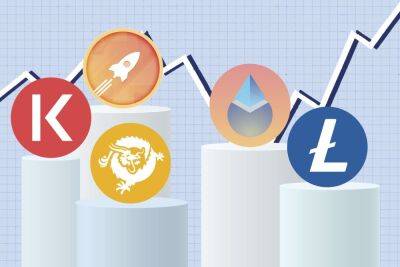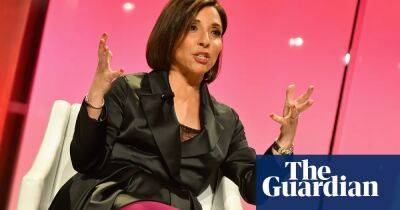Inflation may be about to fall, but the interest rate pain is not over yet
The Bank of England is confronting some stark and uncomfortable facts. Not since 1977 have British households faced food prices rising at a faster pace, while the headline rate of inflation is stuck above 10% – higher than in any other G7 nation.
It is against this backdrop that City economists reckon the central bank will raise interest rates for a 12th consecutive time on Thursday, with predictions for a quarter-point rise from the current level of 4.25%.
However, despite inflation standing at more than five times the Bank’s target, attention is turning to whether this could be Threadneedle Street’s final rise of 2023 – as households and businesses feel the pinch from the most aggressive rise in borrowing costs since the 1980s.
On the Bank’s monetary policy committee, some officials are becoming uncomfortable over the pace of rate increases from the record low of 0.1% in December 2021. Many households are yet to see the full impact, given that most mortgage holders fix their borrowing costs for at least two years. However, more people are rolling off cheap deals struck in the past, into the new, high-rate world.
An estimated 1.7m mortgages will hit the end of their fixed term this year, landing borrowers with a dramatic rise in their monthly payments.
Amid fears over the fallout from the worst banking crisis since 2008 in the US, and with the cost of living crisis squeezing British households, these are all strong potential headwinds for the UK economy – so strong they could even tame inflation without the need for significantly higher rates.
In the US, investors are betting the Federal Reserve has reached the apex of its rate-increase cycle, after a quarter-point rise last week to between 5% and 5.25% – the highest level
Read more on theguardian.com
















